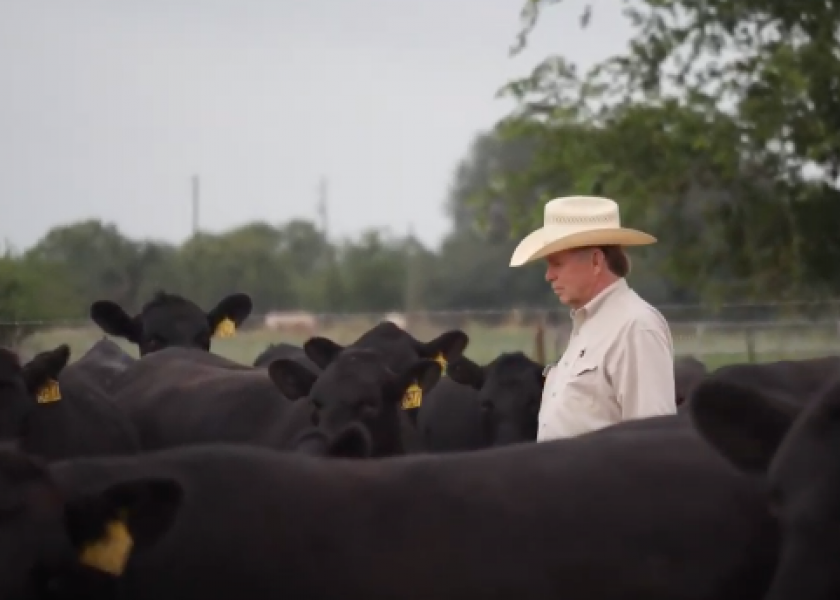Angus VNR: Quality is Foremost for Texas Bull Supplier

Before Bodey Langford got into the seedstock business twenty years ago, he was a commercial cattlemen. Even then, there were obvious quality trends.
“As I fed and sold feedlot cattle, it became very obvious to me that the industry was looking for Angus carcasses. Not just black hided carcass, but Angus sired carcasses. And they were performing the best on the rail and on the grids, and were the most profitable animal that I could raise and feed,” says Langford, of Langford Cattle Company in Lockhart, Texas.
“I look back 10 years ago and remember when, if you sold a load of feedlot cattle and you had 25 or 30 percent Choice, you had hit a home run. And today it's nothing to have 75, 80 percent Choice, and actually have a higher percentage Prime carcasses today than we had Choice carcasses 10 to 12 years ago,” he continues.
After decades as a seedstock producer, he’s still learning new things while keeping the quality in mind.
“I find myself focusing on more traits every year whereas 10 or 15 years ago I was perhaps more narrow in my scope, in my selection scope. But you have to focus on an awful lot of traits to create a balanced animal that not only provides the finest carcass that you can produce, but functionality, an animal that has longevity, maternal traits that build the cow herd,” Langford says.
Langford’s focus now is the same as what his customers want.
“Yield grade, carcass weight, ribeye and marbling are extremely important numbers today in the fed calf market. The packers want those numbers, that's where the profitability is in the slaughter calf. So those are big numbers to us. In the portion of our livestock that are sold to people that retain ownership, those are very important numbers to them,” he says.
The Texas Angus breeder keeps proving the wisdom of a business plan that puts customers first.







